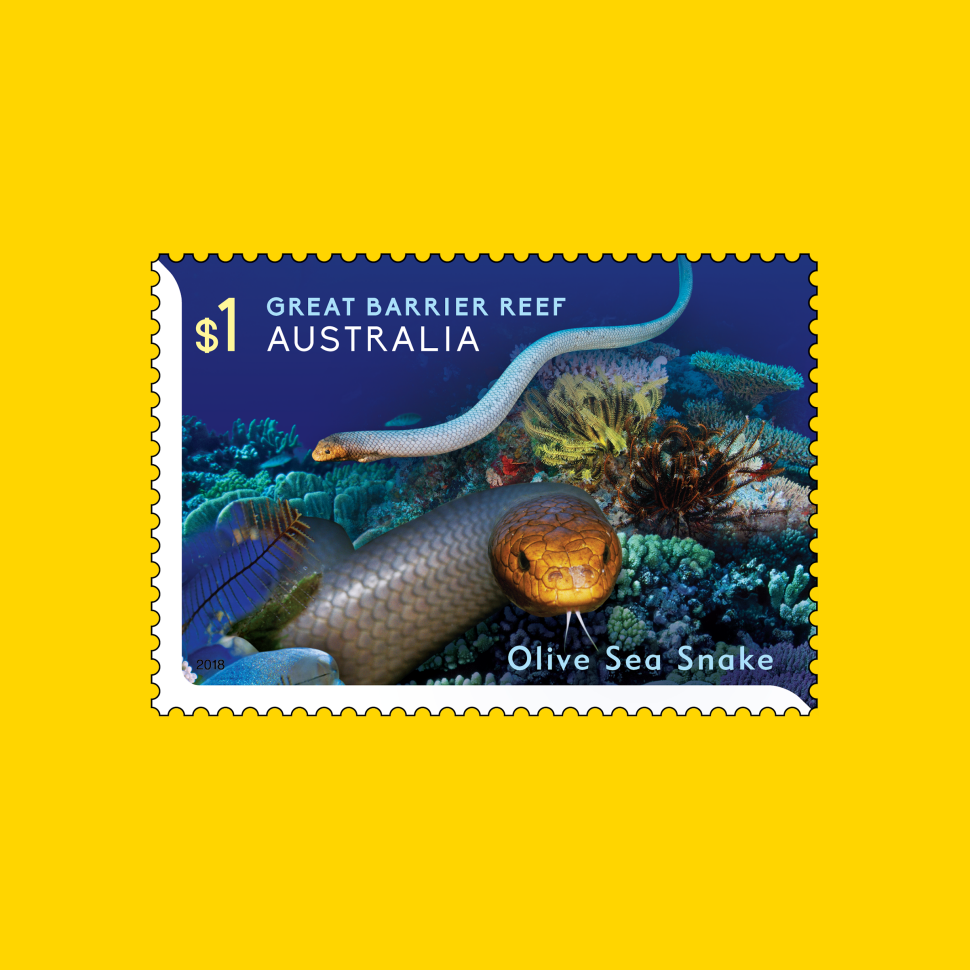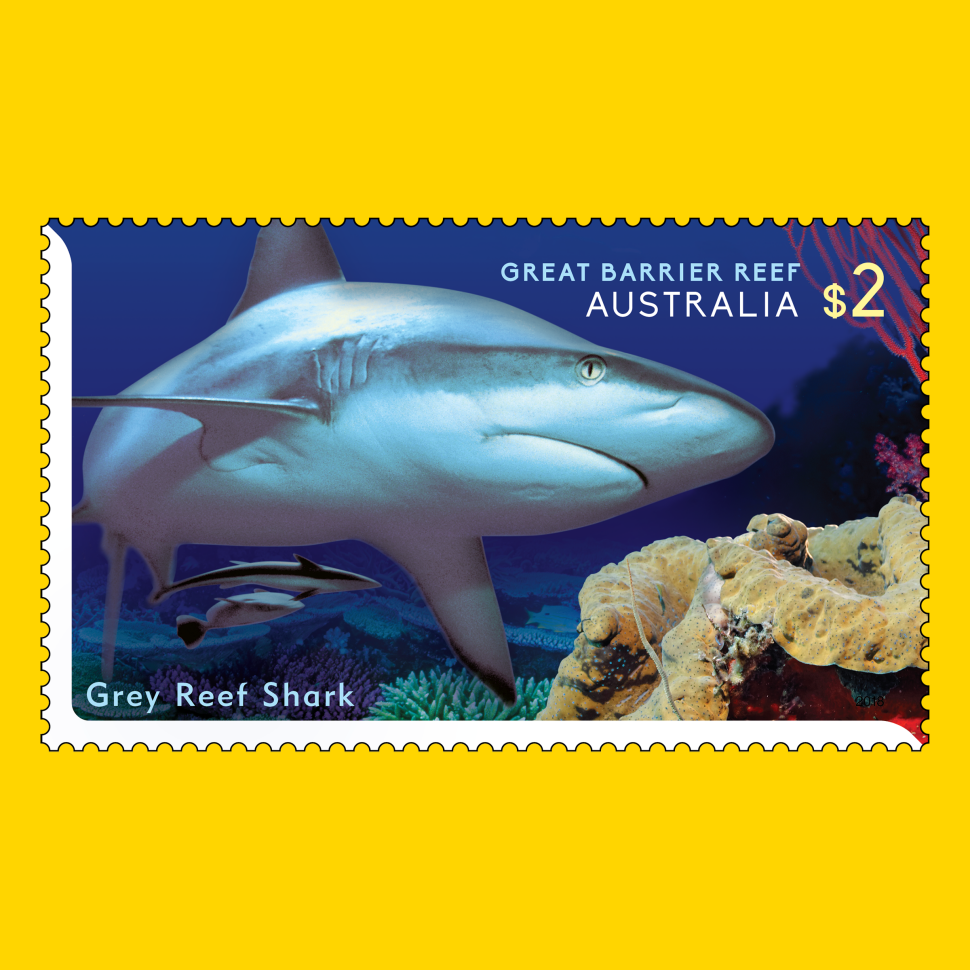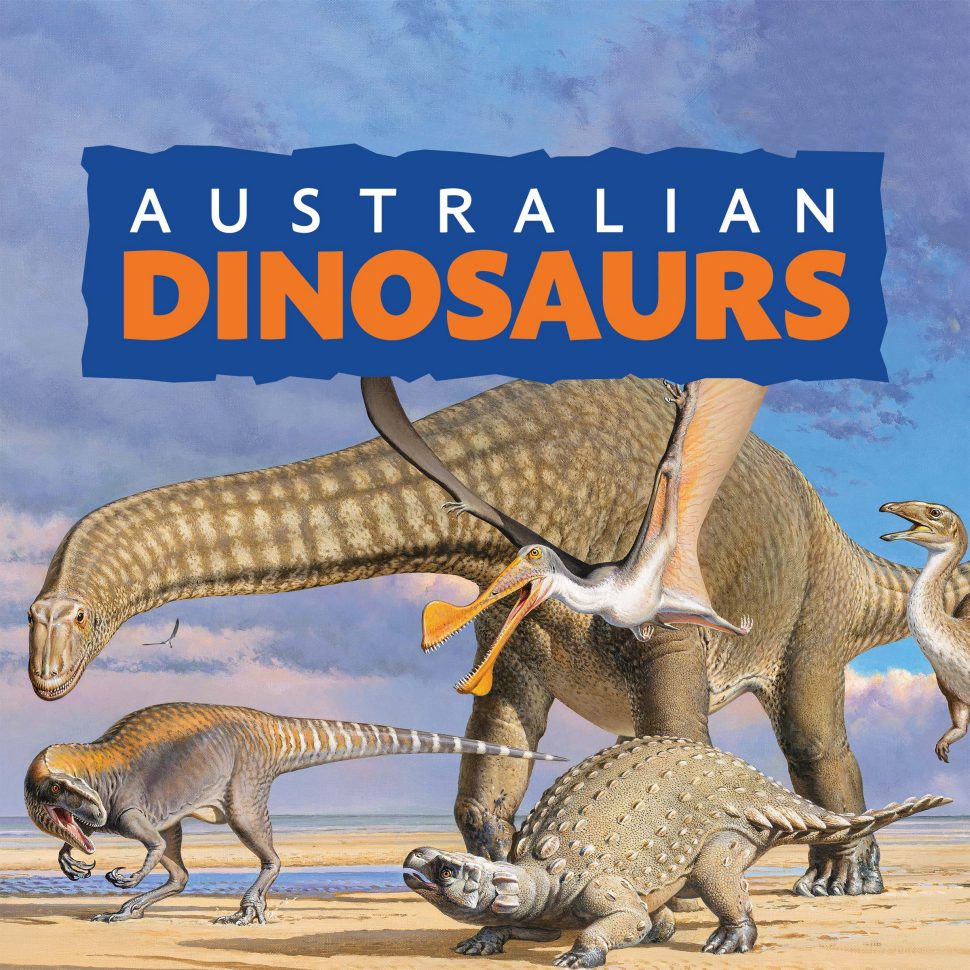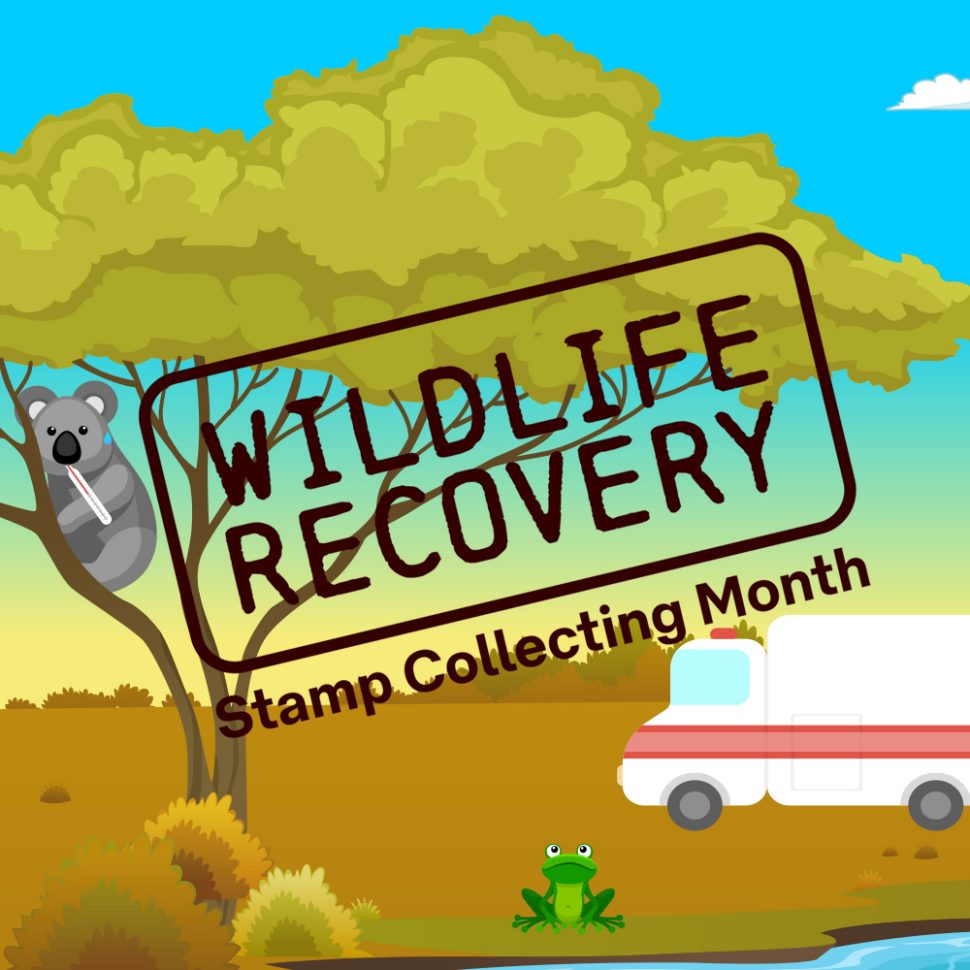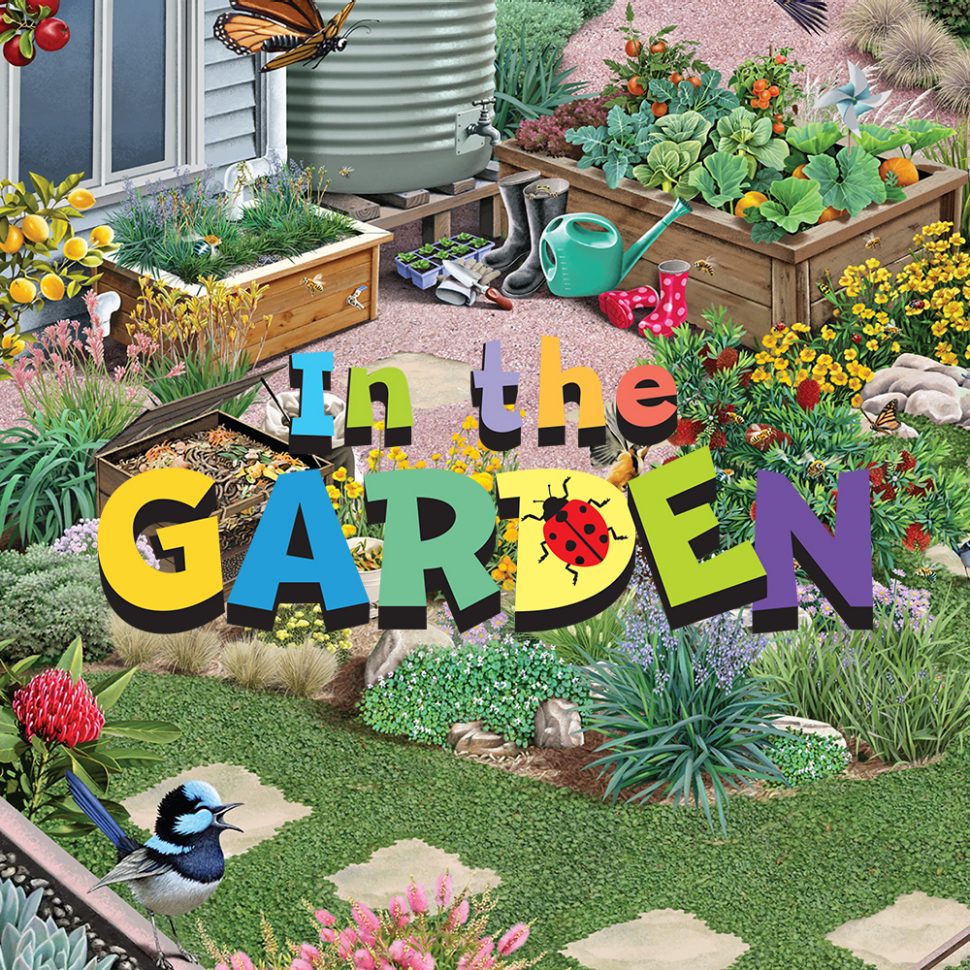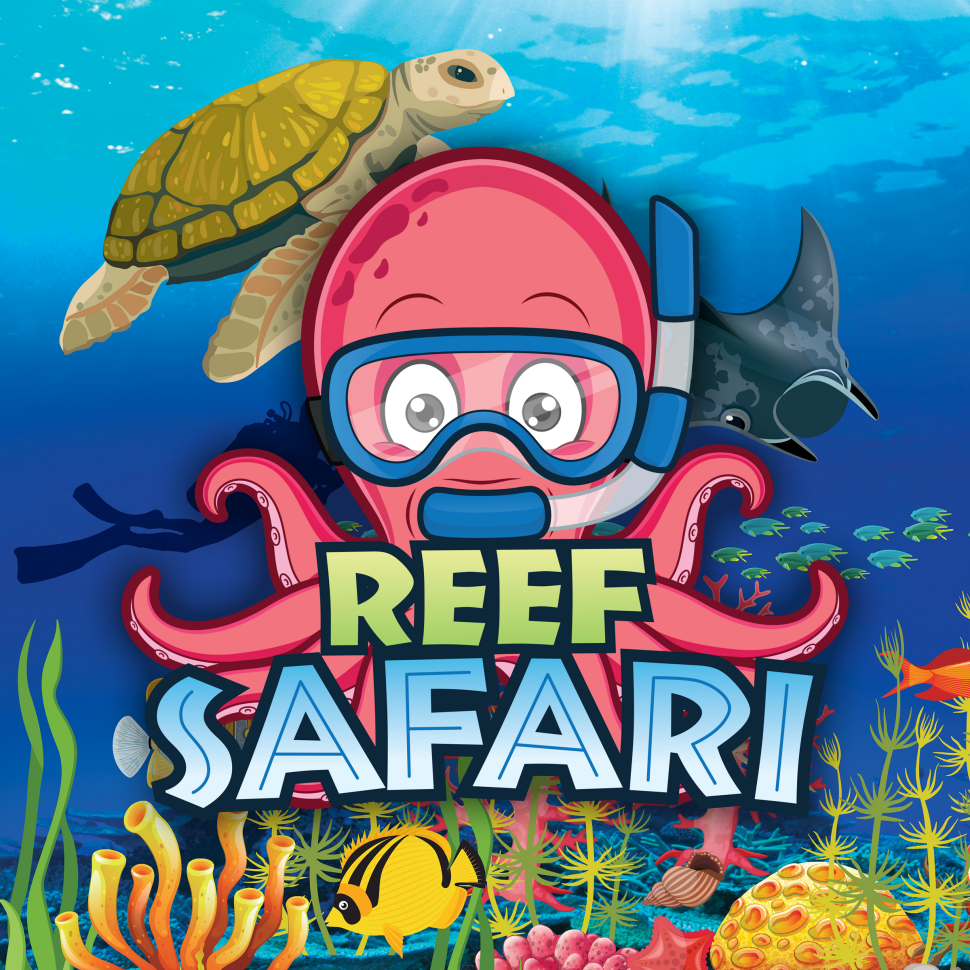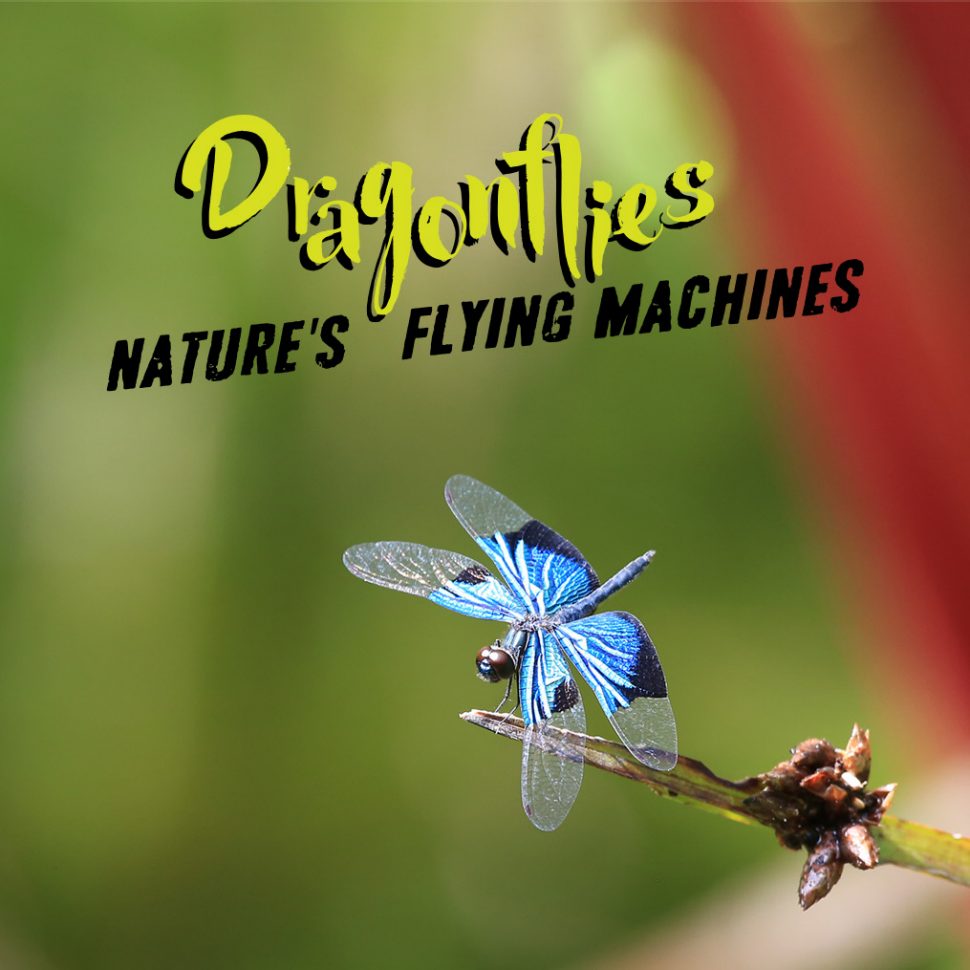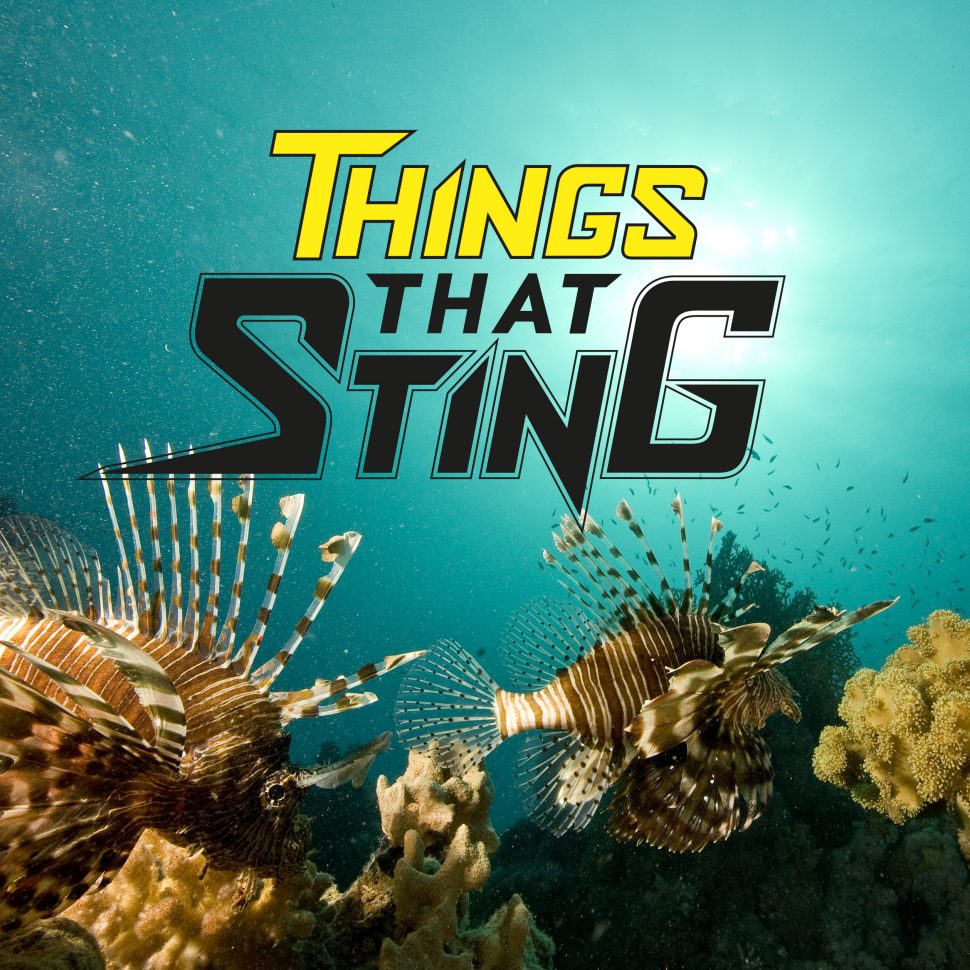| Time | Audio | Visual |
| 0:00 | Background music starts |
Four children are sitting on the ground in an outdoor play area, beside a slide. Illustration of a calendar in the top right hand corner flips through the months until it arrives at August. |
| 0:02 | This August is stamp collecting month, and this year we are going to take you on a Reef Safari! |
|
| 0:04 | Camera zooms in closer to the children to see them looking through stamp albums with the Reef Safari minisheet in the foreground and one of the female children holding the Grey Reef Shark stamp in one hand and a magnifying glass in the other. |
|
| 0:06 | Reef Safari text logo emerges on screen. [text] Reef Safari. Stamp Collecting Month. auspost.com.au/scm |
|
| 0:07 | Australia’s Great Barrier Reef is one of the world’s most remarkable natural wonders. Situated off the east coast of Australia, the Great Barrier Reef is the largest coral reef system in the world, the largest living structure on the planet, and is even visible from space! |
Octopus illustration drops down and is positioned behind the Reef Safari text logo |
| 0:09 | Illustration of spinning earth globe. Zoom in on the globe to the Great Barrier Reef. [text] Queensland Video moves along a satellite view of the Great Barrier Reef |
|
| 0:20 | Animated recreation of the international space station. |
|
| 0:23 | In 1975 the Australian government created the Great Barrier Reef Marine Park in order to protect the Reef, and in 1981 it was added to the World Heritage List. Today it’s one of Australia’s main tourist destinations, attracting millions of visitors every year. |
Video of pilot flying and looking over the Great Barrier Reef. [text] 1975: Great Barrier Reef Marine Park created Camera turns and looks out window over the Great Barrier Reef New video of a stretch of the Great Barrier Reef [text] 1981: Great Barrier Reef added to World Heritage List |
| 0:33 | Video of people disembarking from a Cruise Whitsundays boat and walking to the right along the sand. |
|
| 0:35 | Video of people snorkelling. |
|
| 0:40 | The Great Barrier Reef is composed of over 2,900 individual reefs and 900 islands, and is made up of and built by billions of tiny organisms, called coral polyps. Global warming is causing the temperature of the world’s oceans to rise and in recent year’s parts of the reef have been impacted by coral bleaching, which means the corals can turn white, and can starve and die. |
Ariel view of a heart-shaped small island in the Great Barrier Reef. More aerial views of the Great Barrier Reef. |
| 0:47 | Video of an underwater Sea Anemone/Coral Polyp moving with the sea current. |
|
| 0:53 | Illustration of the world showing what appears to be hot and cold areas. Overlayed onto the illustration is what appears to be ocean currents. |
|
| 0:59 | Video of some bleached coral. |
|
| 1:06 | Government and other organisations including the Great Barrier Reef Foundation are working to save the Great Barrier Reef for future generations. This year has been declared the International Year of the Reef. |
Video of a healthy, teaming coral reef in rich blue sea with fish swimming around it. |
| 1:12 | New video of another part of a lively Great Barrier Reef. [text] 2018 is the International Year of the Reef The octopus logo illustration makes a quick cameo on the right hand side of the video. |
|
| 1:17 | An extraordinary range of marine creatures are supported by the reef’s complex natural ecosystem. These include 600 types of soft and hard corals, more than 100 species of jellyfish, 3,000 varieties of molluscs, 500 worm species, 1,600 types of fish, 133 species of sharks and rays, and more than 30 species of whales and dolphins. |
Screen is overlayed with a view of what the reefs would look like seen through snorkelling glasses. Three new short videos showing yet more activity on and around reefs. [text] 600 types of soft and hard corals. Short video of an Upside-down Jellyfish. [text] 100+ species of jellyfish. Short video of Reef Squid. [text] 3,000 varieties of molluscs. Short video of Flatworm. [text] 500 worm species. Short video of Anthias fish swimming. [text] 1,600 types of fish. Short video of sharks swimming. [text] 133 species of sharks and rays. Short video of dolphin swimming. [text] 30+ species of whales and dolphins |
| 1:40 | This year’s minisheet shows a section of healthy reef teeming with life. The creatures include some of the amazing array of corals including massive Brain coral, plating, branching and encrusting corals, and the individual stamps feature some beautiful and extraordinary animals! |
Image of this year’s Reef Safari minisheet without the perforations appears on screen. The sea creatures in the minisheet appear to come closer. Area containing the brian coral in the minisheet highlighted by zooming in on it. Area containing the plating coral in the minisheet highlighted by zooming in on it. Area containing the branching and encrusting coral in the minisheet highlighted by zooming in on it. Perforations of the minisheet overlayed onto the minisheet image. |
| 1:57 | The first stamp in this year’s collection features the Nautilus, which is a distant cousin of the squid and octopus. It has around 90 tentacles, and to swim it sucks water into a chamber in its shell, then expels the water creating jet propulsion to thrust itself backwards. |
Video of Nautilus propelling through the water.Image of the Nautilus stamp spins in in the top left hand corner. [text] Nautilus Related to the squid & octopus Has 90 tentacle! Swims by using jet propulsion |
| 2:13 | The second stamp features the Green Sea Turtle. Green Sea Turtles migrate long distances between feeding grounds and hatching beaches. Remote Raine Island on the Great Barrier Reef is home to the world’s largest green turtle breeding ground. |
Video of Green Sea Turtle swimming lazily through the reef. Image of the Green Sea Turtle stamp spins in in the top left hand corner. [text] Green Sea Turtle Migrate long distances Video of baby Green Sea Turtles scurrying along Raine Island beach. [text] Raine Island is home to the world’s largest Green Turtle breeding ground |
| 2:27 | The Olive, or Golden Sea Snake features on the third stamp. This is a highly venomous snake that spends its entire life in the ocean, and its large lungs allow it to stay underwater for hours between breaths at the surface. This snake can grow up to two metres long. |
Video of Olive Sea Snake gliding through a reef. Image of the Olive Sea Snake stamp spins in in the top left hand corner. [text] Olive Sea Snake Highly venomous Spends its entire life in the ocean Can grow up to 2 metres long! |
| 2:44 | The next stamp features the Emperor Angelfish, which has strong jaws to feed on plants and small invertebrates. The markings of the Emperor Angelfish change as it ages. Juveniles are dark blue with blue and white rings, while adults have yellow and blue stripes with black around the eyes. |
Video of Emperor Angelfish swimming in the reef with other fish bit small and large. Image of the Emperor Angelfish stamp spins in in the top left hand corner. [text] Emperor Angelfish Has strong jaws Feeds on plants and small invertebrates Its markings change as it gets older |
| 3:03 | The final stamp in this year’s collection features the Grey Reef Shark. These sharks are most often seen in shallow water near the drop-offs of coral reefs. They feed mainly on bony fishes and hunt individually or in groups. They are usually under two metres in length. |
Video of Grey Reef Shark swimming in and around the reef. A small fish swims under the Grey Reef Shark while it swims away from the reef. Image of the Grey Reef Shark stamp spins in in the top left hand corner. [text] Grey Reef Shark Found in Shallow water Feeds on bony fish Hunts individually or in groups |
| 3:18 | Now that brings us to the end of the Reef Safari. What was your favorite stamp from this amazing natural wonder? |
Image of the Reef Safari minisheet with perforations appears again in screen. The images of all five stamps zoom in and then out in quick succession. |
| 3:24 | Be sure to celebrate Stamp Collecting Month and collect all five stamps in this year’s stamp issue. You can also learn more about these beautiful animals by visiting the Stamp Collecting Month website. |
Image of the Reef Safari minisheet with perforations appears again on screen and slowly zooms in. |
| 3:31 | Reef Safari logo with Octopus and Australia Post logo come into view on screen. |
|
| 3:37 | Australia Post logo and text. |
|
| 3:42 | End of video. |
Stamp Collecting Month (SCM) provides an exciting way for middle to upper primary school students (and their teachers) to engage with interesting themes through stamps. This website introduces you to Australia’s Great Barrier Reef, featured in our SCM stamp issue, and contains videos, fun activities, teaching resources and more.
Meet five creatures that live in the Great Barrier Reef
The structure of the Great Barrier Reef is composed of and built by billions of tiny organisms, known as coral polyps. Hundreds of creatures are supported by the Reef’s complex natural ecosystem. Our 2018 SCM stamp issue features five of the amazing number of species found in the Great Barrier Reef. Find out more information about the Great Barrier Reef and threats to it.
Olive Sea Snake
Also known as Golden Sea Snake this is a highly venomous, true snake...
Green Sea Turtle
Green turtles migrate long distances between feeding grounds and hatching...
Emperor Angelfish
Emperor Angelfish have bulky, strong jaws to feed on plants and smal...
Grey Reef Shark
These sharks are most often seen in shallow water near the drop-offs of...
If you’re a parent, caregiver or teacher, here are some free resources to share with children. Want some more advice on stamp collecting? Read our tips on starting a collection.
Lesson plans for teachers: Reef Safari
Engage your students in SCM through our curriculum-linked lesson plans. Explore Science and Geography concepts while learning about the environment and biodiversity of Australia’s Great Barrier Reef.
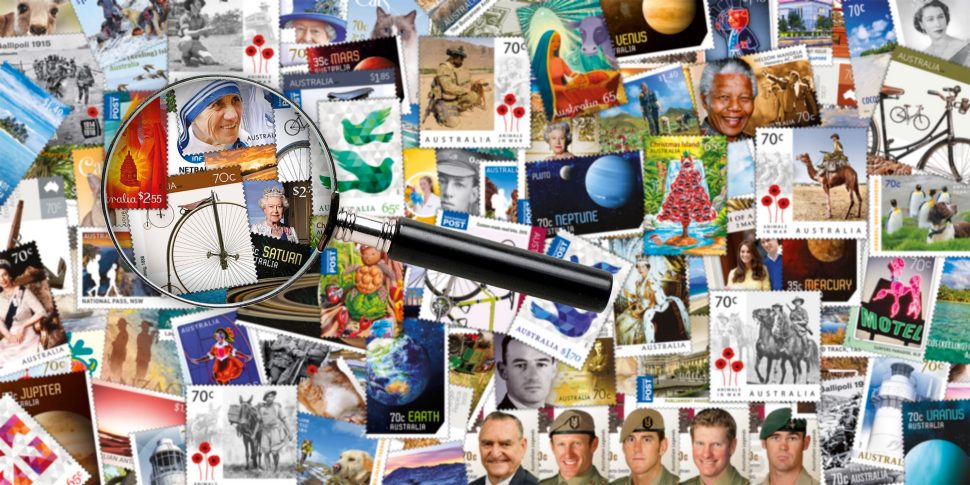
Lesson plans for teachers:
Learn about stamps
Learn about stamps
Check out our three lesson plans on how students can learn about the history and creation of stamps.


